

Today we’d like to introduce you to Yu Hang Tan.
Hi Yu Hang, it’s an honor to have you on the platform. Thanks for taking the time to share your story with us – to start maybe you can share some of your backstory with our readers?
Coming from a small town in Malaysia, being a choral conductor and a photographer are two careers I have never thought I would pursue. Looking back now, I feel that these jobs found me rather than I found them.
A DETOUR THAT GOT ME INTO CHORAL CONDUCTING
I will always remember that moment when I conducted my high school choir at the 2010 Malaysian National Choir Competition. That was the first time I felt the electricity between my gestures and the choir. While we did not bring home the trophy, what I brought home was better than that – I learned the beauty of the conductor-ensemble connection and the value of perseverance.
I have never since forgotten the allure of choral conducting. Due to financial constraints and the lack of a suitable program in Malaysia, I accepted a scholarship from the Malaysian Government to pursue undergraduate tourism studies in Canada. During my studies at the University of Guelph, my government sponsorship would not allow me to major (or even minor) in Music. However, this detour only deepened my love for choral music and it introduced me to the person who inspired and cemented my passion to pursue choral conducting, Dr. Marta McCarthy.
Dr. McCarthy is a very special mentor of mine. As I tell my colleagues all the time, “I wouldn’t be doing what I’m doing today if I hadn’t met Marta.” Singing under Dr. McCarthy made me realize that choral conducting is far more than technical skills. It is an art of creating space that encourages choristers to sing in a way that translates aural insight into glorious sounds.
Experiencing Dr. McCarthy’s art firsthand, I continued to take music courses as electives, and I became actively involved in the University of Guelph Choirs; in 2016, I was hired to sing with the all-professional Elora Parish Choir; in 2018 and 2020, I was selected to represent Malaysia as a tenor 2 in the World Youth Choir; this July, I will be singing with the EuroChoir 2022 in Switzerland as one of the very few non-European singers.
Craving the exhilaration of conducting, I decided to stay in Guelph after my graduation to apprentice under Dr. McCarthy. What that meant was for me to leave the business world and return to the music world, which was familiar yet foreign to me at the time.
A TYPO ON MY WORK PERMIT FORCED ME INTO THE PHOTOGRAPHY WORLD
In order to stay in Guelph for my apprenticeship, I applied for the Canadian Post-Graduate Work Permit. Upon receiving the permit, I noticed a typo on it. The “Date of Issue” was the same as the “Date of Expiration”. With this mistake on the work permit, I could not work anywhere. Fueled by the determination to stay in Guelph, I looked into ways to sustain myself.
Located in the Southwest of Ontario, fall is a gorgeous season in Guelph. Students would take graduation photos months ahead of time all just for the colorful foliage. I have always been interested in photography, so I had this crazy idea of taking graduation photos. I remember that I only charged $35 per person for my first few sessions and I was so nervous during those sessions. After a few weeks, I slowly combined my choral directing experience with taking photos. I became more and more comfortable with directing my clients and my camera became a stage for me to express my artistic and creative ideas.
By the end of November 2016, this side gig that was supposed to sustain me for only four months while I was waiting for my new work permit turned into a business that I never imagined would be. In less than three months, I had taken photos for over 120 clients including several student organizations and local magazines.
Driven by the desire to grow as a conductor, I moved to St. John’s Newfoundland by the end of my one-year apprenticeship to begin my Master’s in Choral Conducting at the Memorial University of Newfoundland (MUN). My transition from the “business world” to music was not without some challenges. To compensate for the missing “Bachelor of Music” experience on my resume, I audited several undergraduate and graduate-level music courses, co-instructed choral music courses, and at one point, I was conducting and singing in six choirs a week. All of that is just to play catch up with my peers. In April 2019, I received the JUNO Legacy Graduate Scholarship in Music. While I am proud of these achievements, I am prouder of how my transition from business to music has made me a more determined person.
COVID – A RESET BUTTON TO REIMAGE THE CHORAL ART
This year marks the third year of me living in LA to pursue the Doctor of Musical Arts (DMA) in Choral Music program at the University of Southern California (USC). Not only that this program connected me with some of the finest and most supportive choral musicians from around the world, but the timing of when I started this program had also really encouraged me to rethink my art. The pandemic started in the middle of my second semester and lasted all through my second year. While rehearsing online presented a real challenge to us choral musicians, it was also a moment of pause for me to rethink what is possible with my art.
Directing the USC Thornton Oriana Choir from 2019 to 2022 had been the highlight of my time here at USC, and even more so during the pandemic. As choral directors, our work relies heavily on making music together with our singers. Zoom rehearsals took away all of that and posed my co-directors and me the question: “How can we continue to create an artistic experience for our singers while keeping everyone connected during such a difficult and isolated time?”
Knowing that singing together synchronously was impossible, we turned Oriana’s rehearsals into musicianship and composition lessons that encourage collaborations between singers. We also looked into innovative ways of producing virtual choir videos and spent significantly more time on social activities. While these activities do not sound out of the norm in a music classroom, they are unfortunately often overlooked in choral classrooms. The reality of choral rehearsals is that we are often too busy rehearsing the music in preparation for concerts. Being on Zoom was frustrating, but it was a reset button for us to reimage the choral art – from the process to the product. One of the highlights of our Zoom semesters was producing a virtual choir video (https://www.youtube.com/watch?v=ftd8oNRPxp0&ab_channel=USChoral) that features projection art and also publishing a Malay folk song arrangement (https://www.youtube.com/watch?v=rK-isHci7uQ&ab_channel=DoubleExposure) co-arranged by Oriana and me over Zoom. This March, the arrangement was selected an Editors’ Choice by JW Pepper (https://www.jwpepper.com/Ikan-Kekek/11392446.item#.YppDEZPMI3Q), the world’s largest online sheet music store. While we are proud of these achievements, we are happier to learn that once we break ourselves free from the idea of the choir being a group of people singing in rows, we will always find a way to have a community of singing and sharing.
“JAUH DI MATA DEKAT DI HATI” – FAR FROM SIGHT BUT CLOSE TO HEART
Being an international student for the tenth year now, the Malay saying “Jauh di mata, dekat di hati” (“Far from the eyes but close to the heart”) perfectly encapsulates my interest and advocate as a choral conductor: Malaysian and Southeast (SE) Asian choral music.
I always performed at least three Malaysian and SE Asian compositions every year in the past five years. Over time, I noticed that North American directors, choirs, and audiences often associate these compositions with fast tempos, showy choreographies, and bright and forward timbres. While these qualities are quintessential to SE Asian choral works, there is more cultural significance behind these musical elements than they may seem to us at the first listen. For example, the prominence of fast tempos and loud dynamics may produce a falsely celebratory sound to Western ears, prompting conductors to use these compositions as concert openers or closers, although many of the works were not created or meant to be performed in this context. This is especially apparent when these compositions are chosen to close a program with music from predominantly Western composers on a high note. Therefore, even though Western directors have shown that they are willing to incorporate multicultural music into their repertoire, choral works from SE Asia are still often tokenized and appropriated to fit in the context that they choose.
STARTING A LA-BASED CHOIR SPECIALIZING IN SOUTHEAST ASIAN CHORAL WORKS
After having this discussion with my amazing colleague, Emily Sung, on multiple occasions in the past three years of working together in the Oriana Choir, we recently decided to start a Los Angeles-based choir this fall specializing in choral works from SE Asia. Our goal is simple: to give a voice to SE Asian culture and choral music in all of its diversity – from the rehearsal process to performance. We are still in the stage of planning, but we cannot wait to share more about this exciting plan with everyone in a month or so!
What does success mean to you?
Being a choral conductor and a photographer for the seventh year now, I have learned that success is empowering the people around you to be the best they can be. When I am on the podium, I am only successful when my singers are singing well. The only way to achieve that is by empowering my singers with trust and vocal techniques while creating a safe space for them to create, explore, and be vulnerable to each other. The same applies when I take photos. My photography technique plays only a tiny part in a photo shoot. To me, the most important part of a photoshoot is communicating with my clients – directing, posing, and encouraging them every step of the way. I believe that when I put people first, everything will just fall into its own place – and that is success to me.
Contact Info:
- Website: yuhangphotography.com
- Instagram: https://www.instagram.com/yuhang_photography/
- Facebook: https://www.facebook.com/yuhangtanphotography
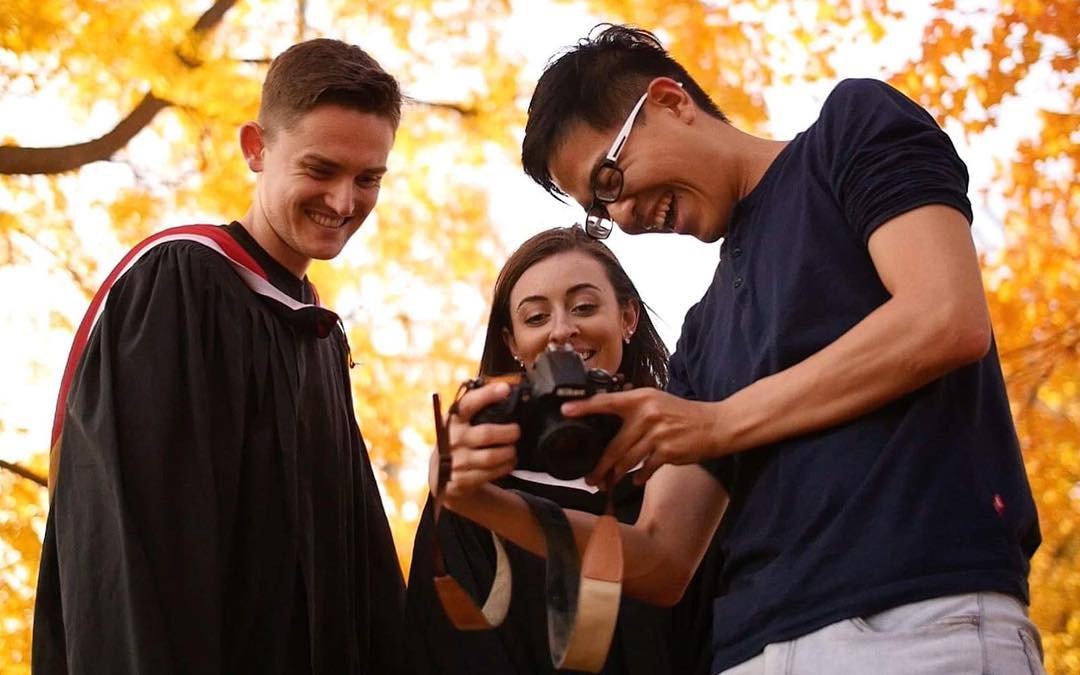
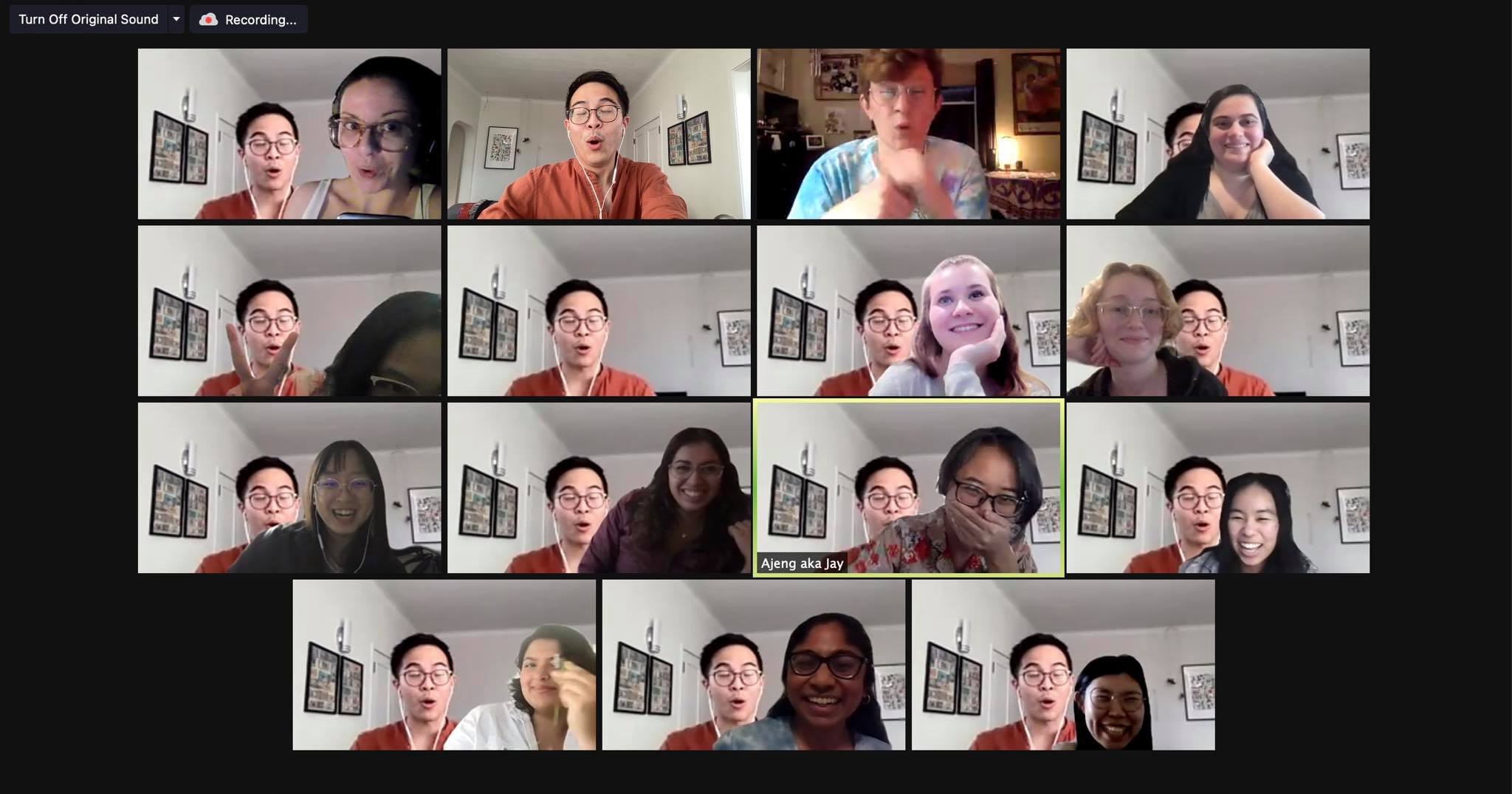


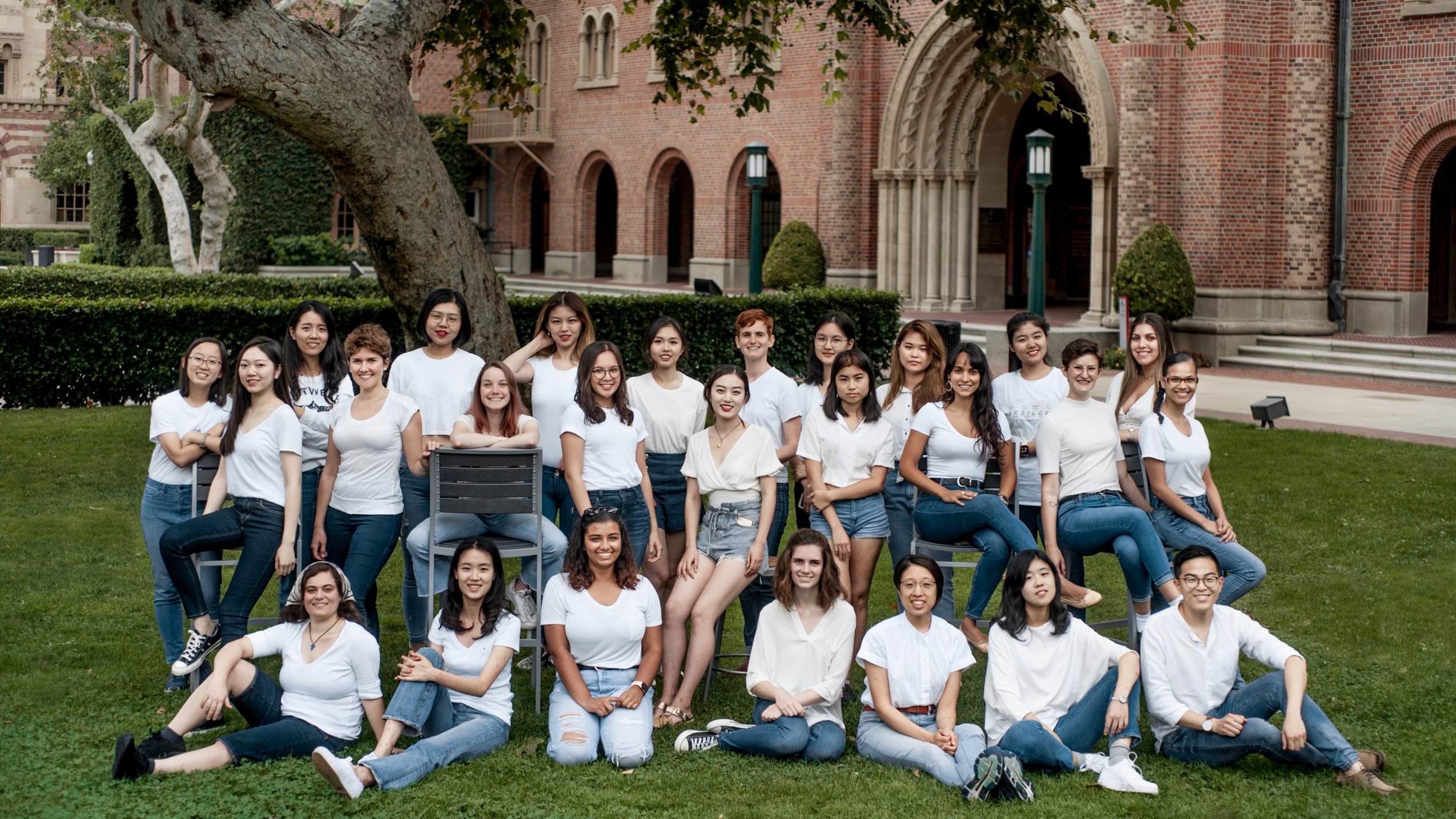
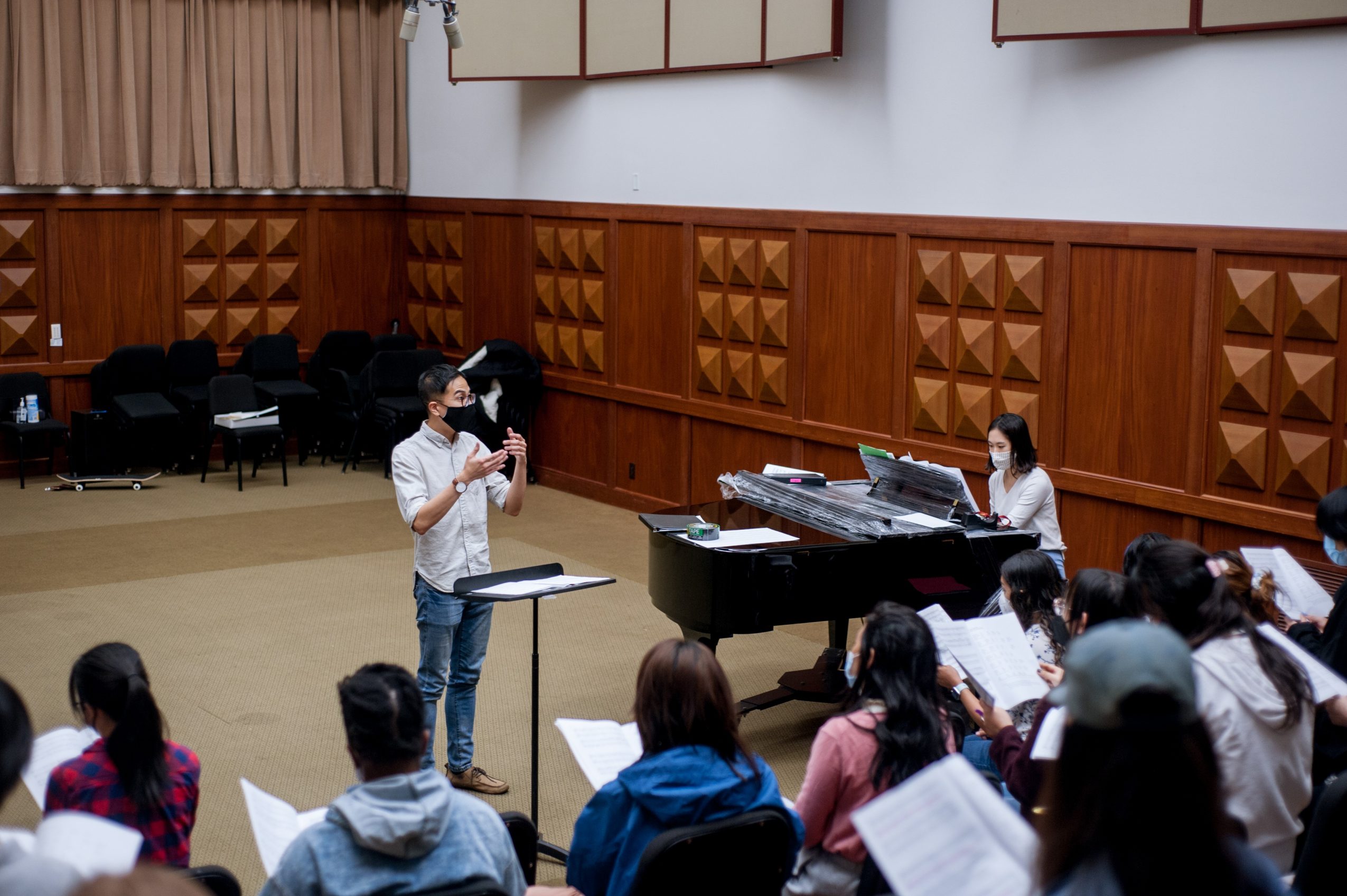
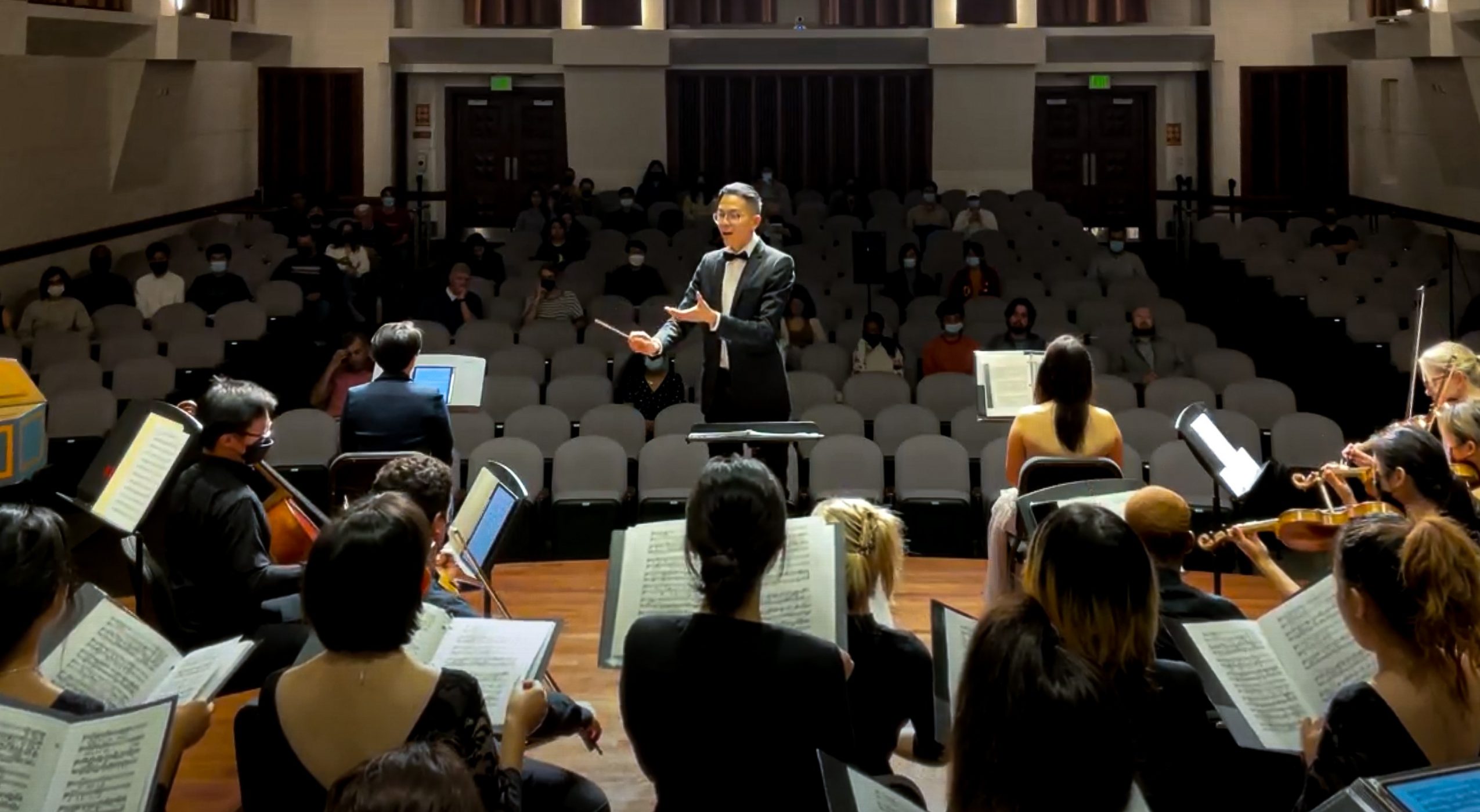
 Image Credits
Image Credits
Jose L. Godinez Castellanos Irene Chen Yu Hang Tan Emily Sung














